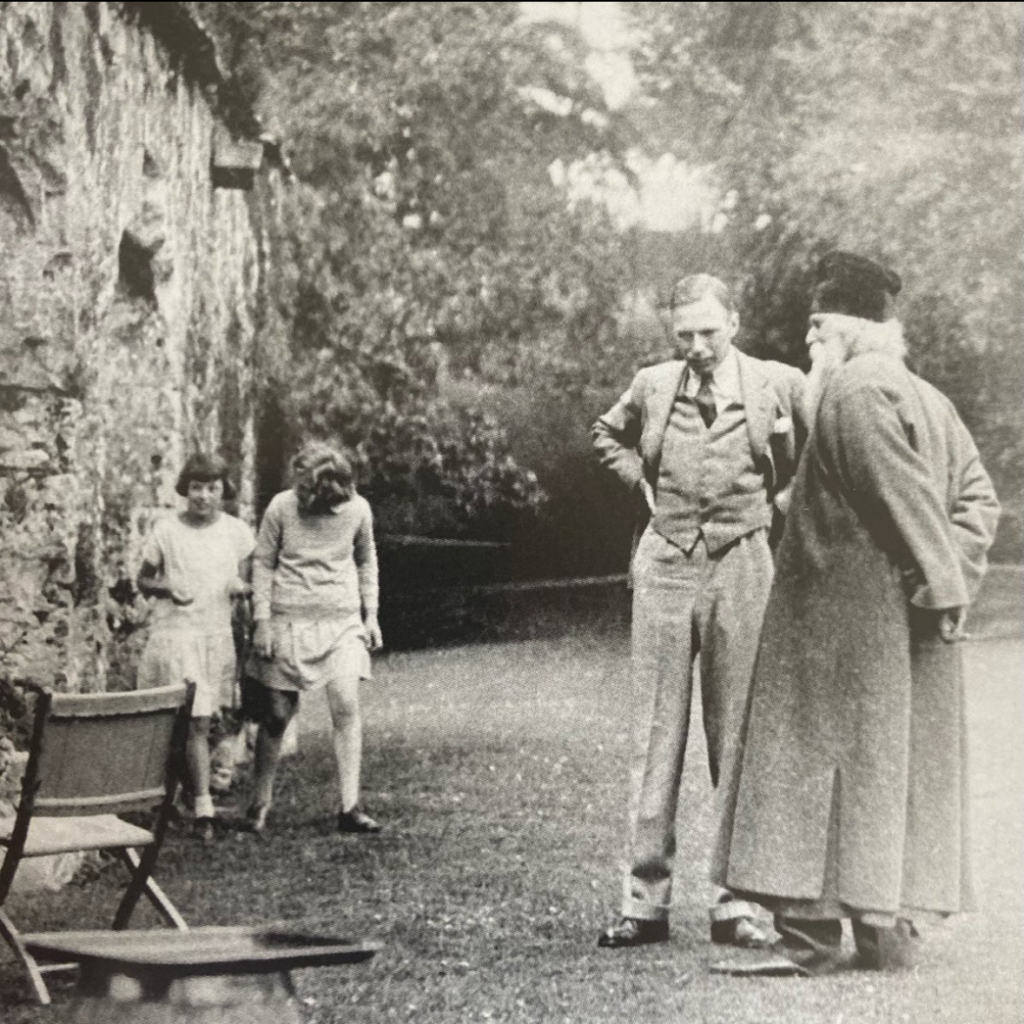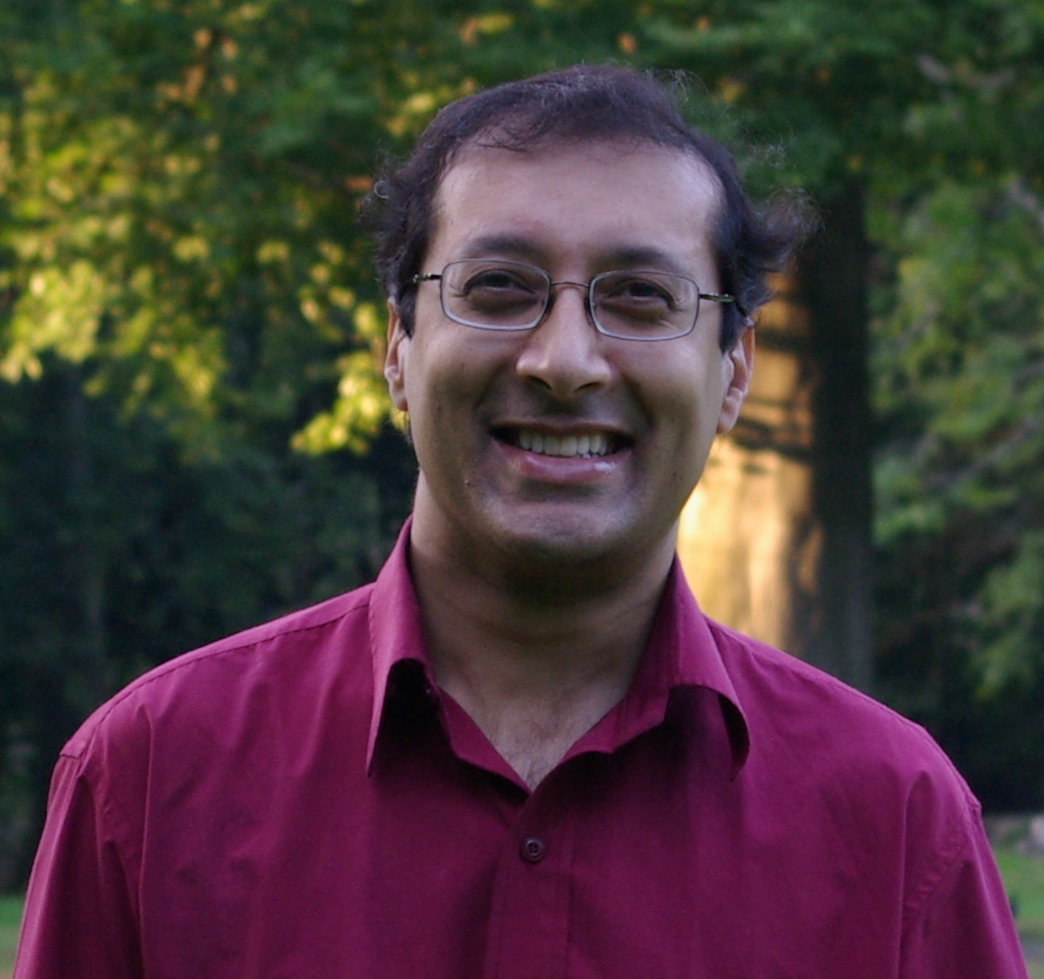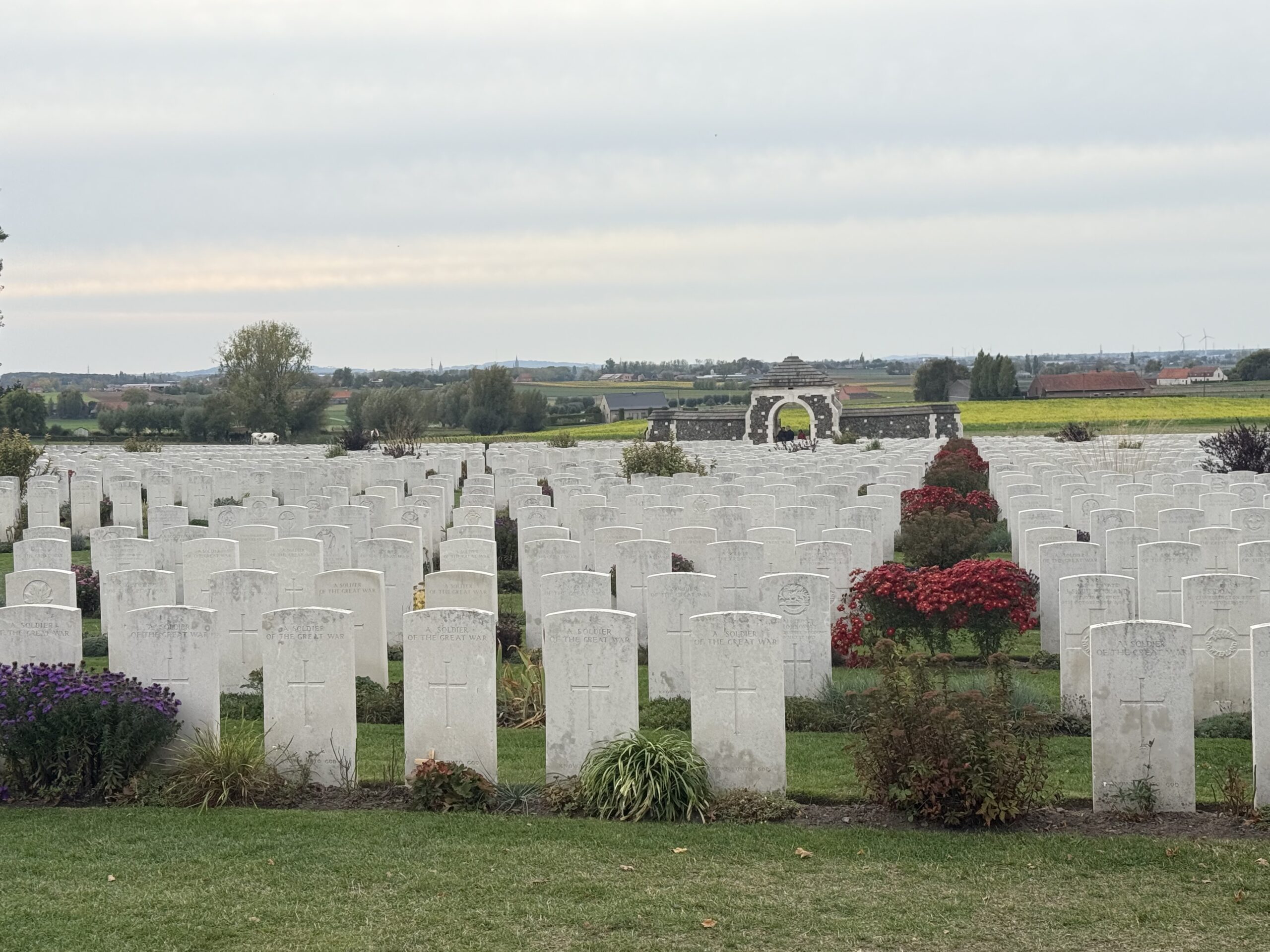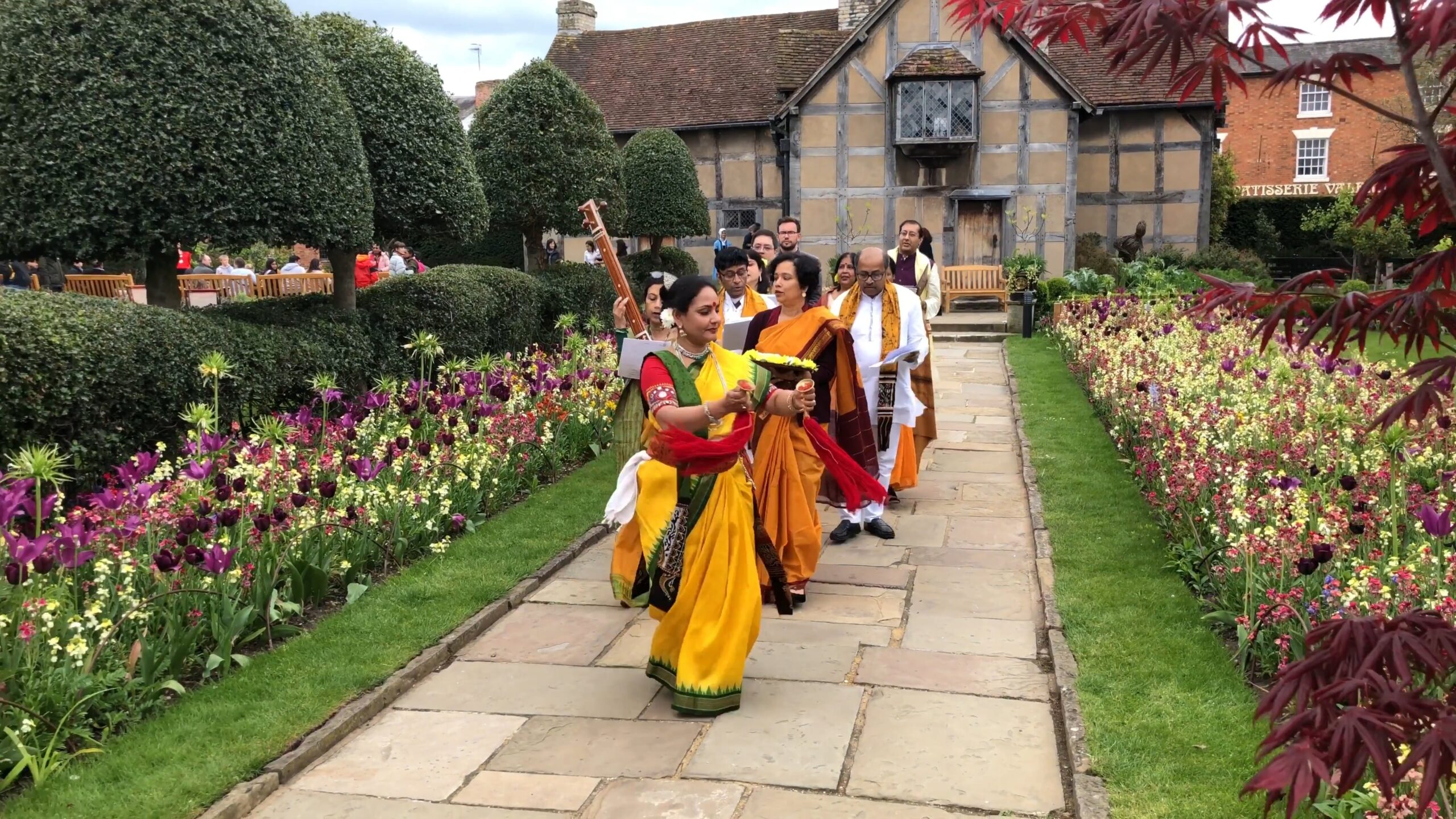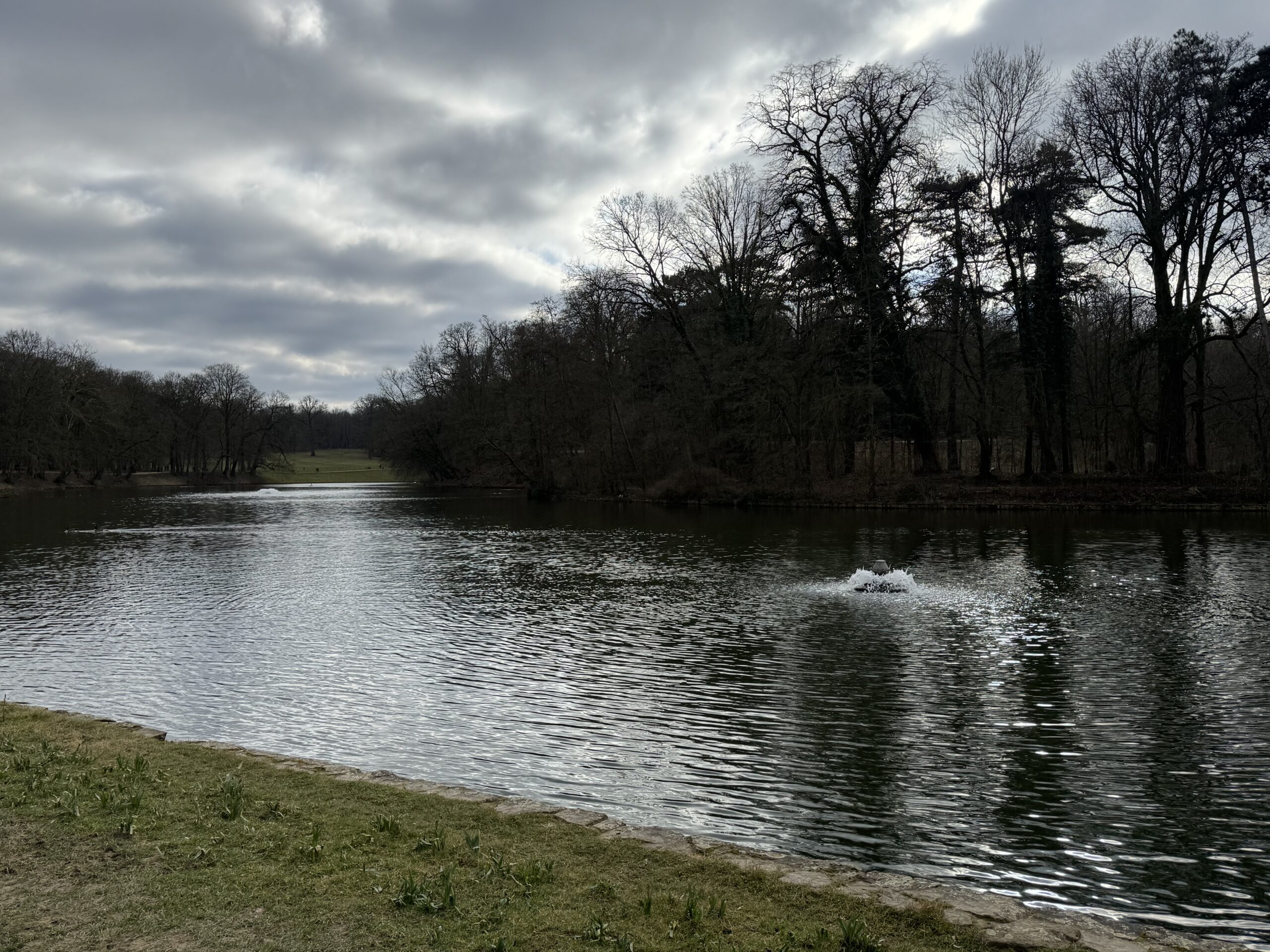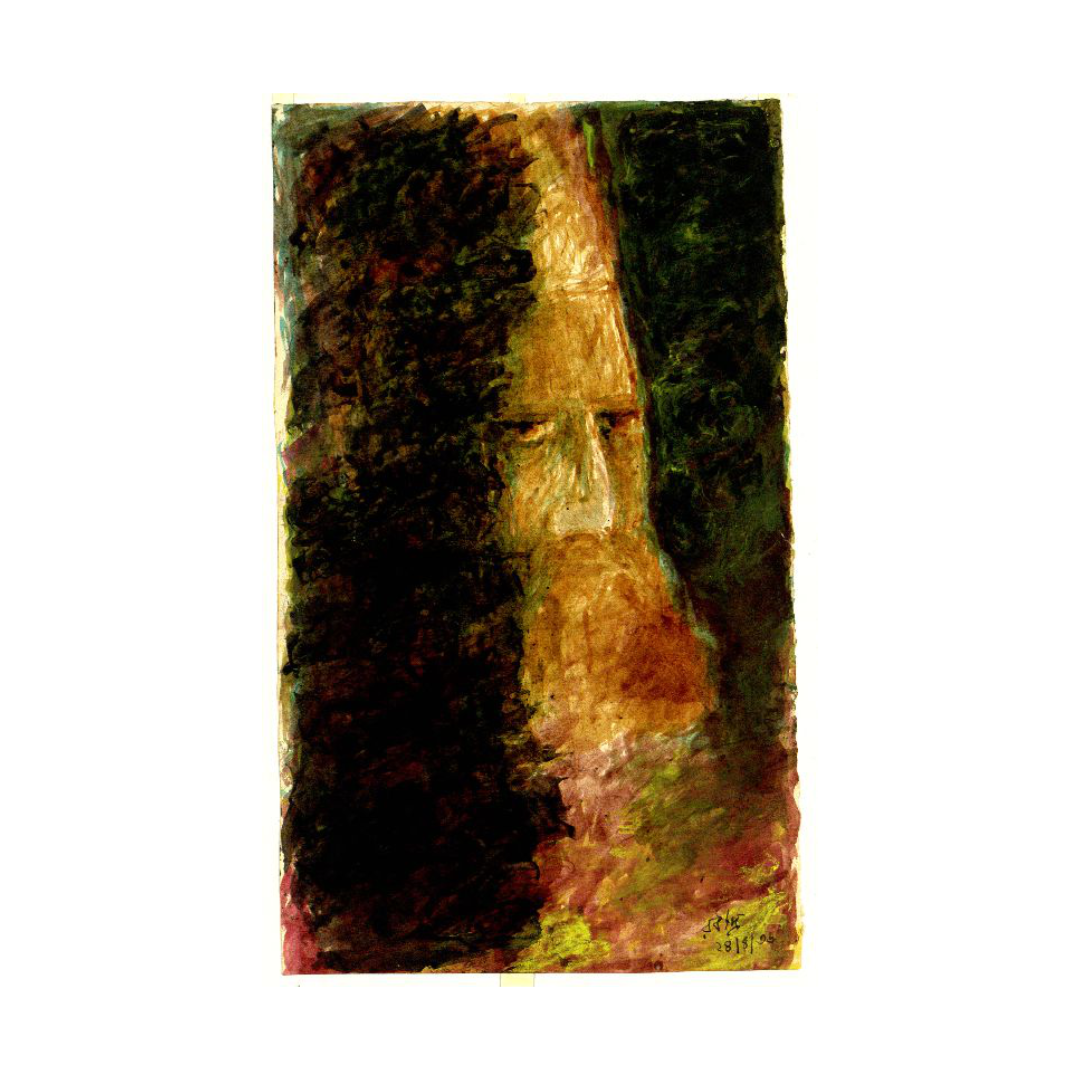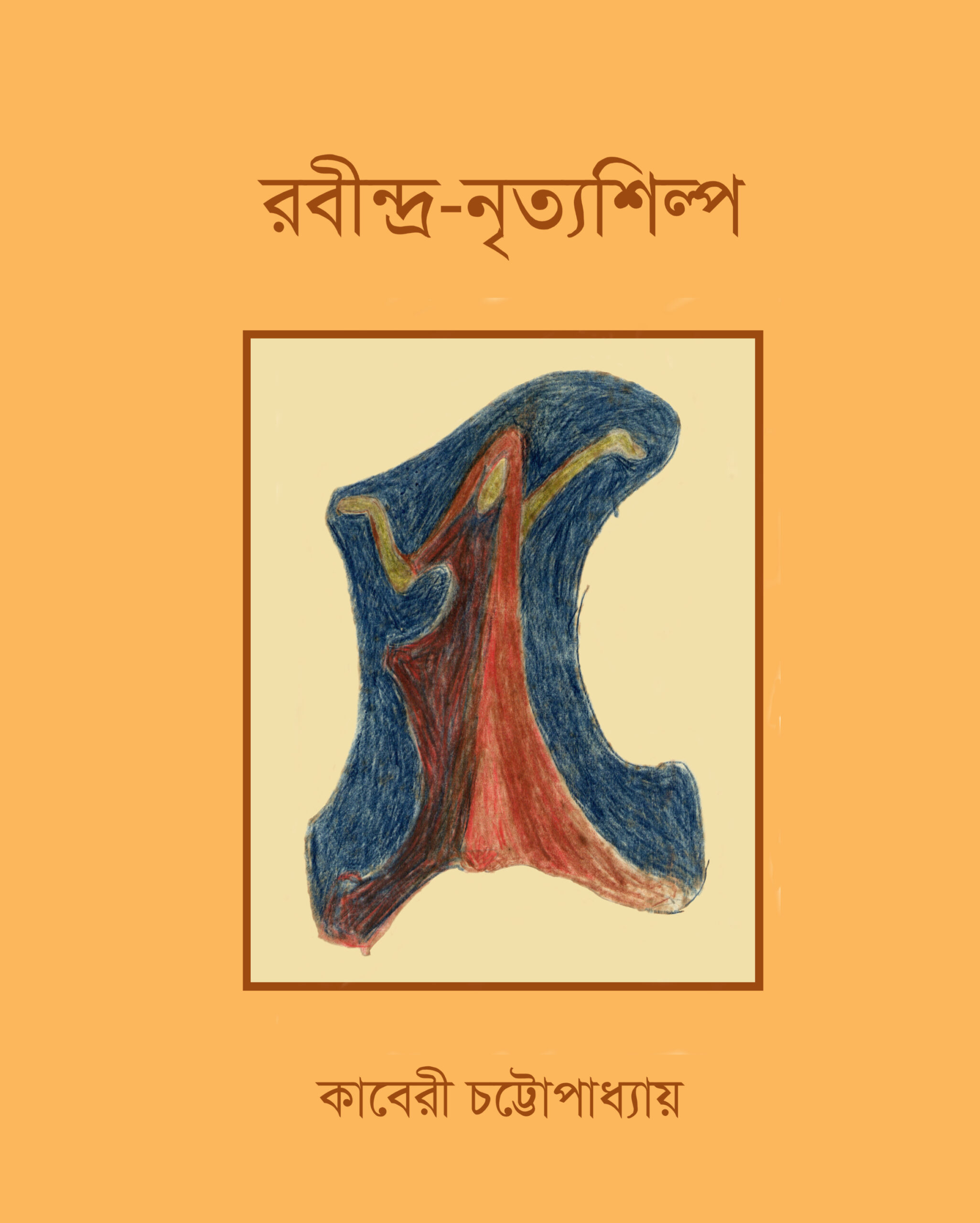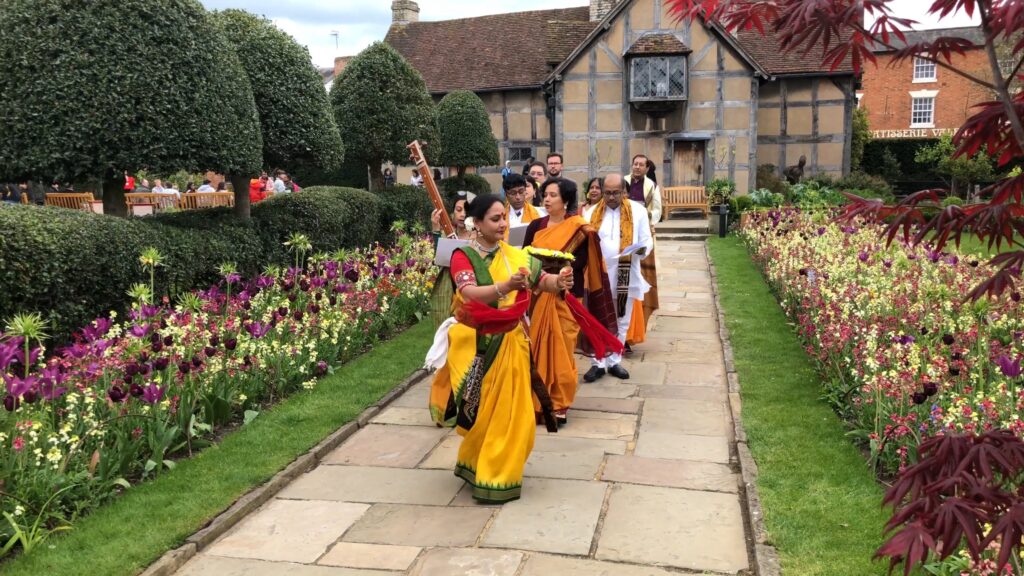
Kaberi and I are excited to be returning to Dartington in Devon to perform in its Great Hall with our Bengali cultural group Prantik on 5 May, coinciding with the 164th birth anniversary of Rabindranath Tagore. Prantik’s performance – Dartington 100: The Rabindranath Tagore Connection – will be part of a new series of performances to celebrate the centenary of Dorothy and Leonard Elmhirst purchasing the 825-acre Dartington Estate in 1925 to set up the Dartington Arts School, based on the educational philosophy of Rabindranath Tagore, and apply the rural development approach which Leonard Elmhirst and Rabindranath Tagore had pioneered in Santiniketan and Sriniketan.
Through songs and poems by Rabindranath Tagore, we will be telling the inspiring story of the close friendship between Rabindranath Tagore and the Elmhirsts, which led to the ‘Dartington experiment’. Tickets for our performance have just gone on sale on the Dartington Trust website here.
It was an early example of a circular economy and was intended to provide a blueprint for rural development. The fictional island of Pala in Aldous Huxley’s last book The Island was inspired by Dartington, with two of the main characters resembling Leonard Elmhirst and Rabindranath Tagore.
Aldous Huxley is best known for his dystopian book Brave New World. In contrast, The Island is about a utopian island and what happens to it when a stranger is shipwrecked there. It turns out that the stranger had gone there to prospect for oil under the island, leaving him with the dilemma between preserving the utopia he discovers on the island and destroying it by exploiting the island for oil.
My first visit to Dartington was in 1986, during the major celebrations of Rabindranath Tagore’s 125th birth anniversary coordinated by The Tagoreans and the late Tapan Gupta. My parents and I had travelled there with a large group from Santiniketan, which included Kanika Bannerjee.
The following year, I had the opportunity to spend a week on the Dartington Estate, staying with the family of my tabla teacher, Pandit Sarda Sahai, who was a visiting professor at Dartington College of Arts. Thanks to Dr Frances Shepherd, the then head of Indian Music at the Dartington College of Arts, I had been taking tabla classes from him at Toynbee Hall in East London. I had fallen behind with my revision for the final exam of the course as it was also my final year at university, which is what led to Pandit Sarda Sahai’s very kind invitation to stay at his house and spend an intensive week in Dartington preparing for the exam!
My next visit to Dartington was many years later, in 2005, when Kaberi was researching her PhD about the influences of dance style created by Rabindranath Tagore – Rabindranritya. She and I spent some time going through the Dartington archives, which were then at Hill House.
While Kaberi was researching the dance styles Rabindranath Tagore’s daughter-in-law Pratima Devi would have learned at Dartington during her studies there, I took the opportunity to read the correspondence of Leonard Elmhirst when he accompanied Rabindranath Tagore on his trip to south America in 1924. This was when they unexpectedly ended up spending a few months staying at a villa outside Buenos Aires as guests of Victoria Ocampo, an Argentinian writer and intellectual who was the publisher of the literary magazine El Sur.
That visit had a significant influence on Rabindranath Tagore’s later work. Victoria Ocampo had encouraged him to develop his painting and organised the exhibition in Paris which made his paintings internationally famous. He is also thought to have dedicated a collection of poetry to her.
During our recent visit to Santiniketan in January, Kaberi and I spent a few days visiting the Rabindra Bhavan archives to review the correspondence between the Elmhirsts and Rabindranath Tagore between 1921 and 1941. I hope to present some anecdotes from that correspondence during our performance in Dartington on 5 May. The narrative of the performance will also draw on Leonard Elmhirst’s books Poet and Plowman and Rabindranath Tagore: Pioneer in Education.
